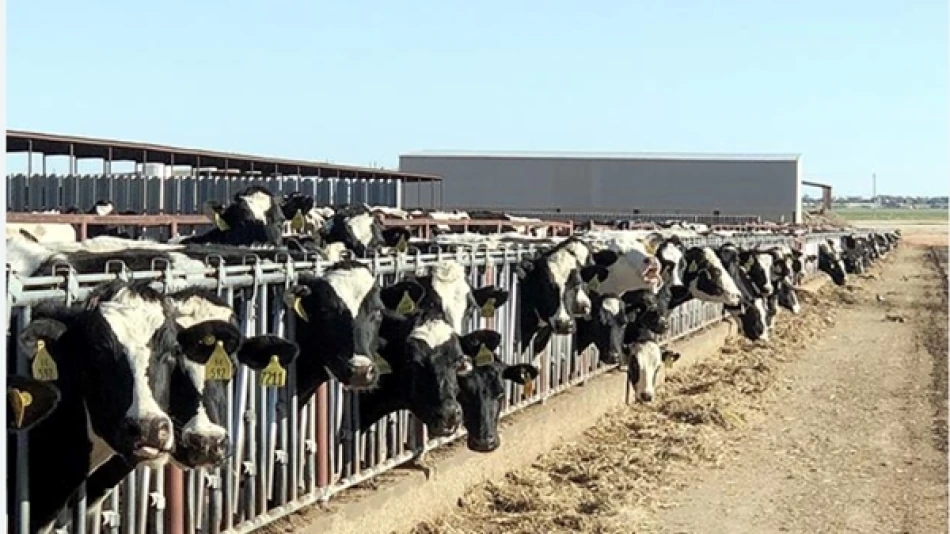
Australia Develops First "mRNA" Vaccine to Protect Cattle from Foot-and-Mouth Disease
Australia Develops World's First mRNA Vaccine for Livestock, Targeting Foot-and-Mouth Disease
Australian scientists have achieved a veterinary breakthrough by creating the world's first mRNA vaccine to protect cattle against foot-and-mouth disease, a highly contagious viral infection that poses severe economic risks to livestock industries globally. The $2.5 million development represents a strategic shift toward advanced biotechnology in animal health, potentially reshaping how nations protect their agricultural exports from devastating disease outbreaks.
The Science Behind the Innovation
Researchers from New South Wales have successfully adapted mRNA technology—the same platform that revolutionized COVID-19 vaccines—for veterinary use. Unlike traditional vaccines that rely on weakened or killed virus components, this mRNA approach instructs cattle cells to produce specific proteins that trigger immune responses without using any actual viral material.
The vaccine's virus-free composition eliminates contamination risks associated with conventional foot-and-mouth disease vaccines, which have historically required complex biosafety protocols and cold storage chains that prove challenging in remote farming regions.
Economic Stakes for Australia's Agricultural Sector
Foot-and-mouth disease creates painful lesions that prevent cattle from eating or walking normally, leading to rapid weight loss and productivity decline. More critically for Australia, the disease's explosive transmission rate poses an existential threat to the nation's $18 billion beef export industry.
A single outbreak could trigger immediate export bans from key markets including Japan, South Korea, and the United States—countries that maintain zero-tolerance policies for foot-and-mouth disease. The 2001 outbreak in the United Kingdom cost that nation's economy over $12 billion and required the culling of six million animals.
Strategic Positioning in Global Vaccine Markets
Australia's domestic production capability addresses a critical vulnerability in livestock vaccine supply chains. Traditional foot-and-mouth vaccines are produced in only a handful of specialized facilities worldwide, creating bottlenecks during crisis periods when multiple countries simultaneously seek protection.
By developing local mRNA production capacity, Australia joins a select group of nations building sovereign vaccine manufacturing capabilities. This mirrors broader trends seen in human healthcare, where countries like Germany, India, and South Africa have invested heavily in domestic mRNA production following COVID-19 supply chain disruptions.
Implications for Global Livestock Industries
The successful development of mRNA vaccines for animals could accelerate similar research programs worldwide. Major agricultural exporters including Brazil, Argentina, and New Zealand face identical threats from foot-and-mouth disease, creating substantial market opportunities for this technology.
The platform's adaptability suggests potential applications beyond foot-and-mouth disease. Livestock industries regularly battle multiple viral threats including bovine respiratory syncytial virus and bluetongue disease, conditions that could theoretically be addressed using similar mRNA approaches.
For agricultural commodity markets, this development signals a potential reduction in disease-related supply disruptions that have historically caused dramatic price volatility in beef and dairy products. Investors in agricultural technology and biotechnology sectors may view this breakthrough as validation of the expanding role for advanced therapeutics in food production systems.
Most Viewed News

 Layla Al Mansoori
Layla Al Mansoori






